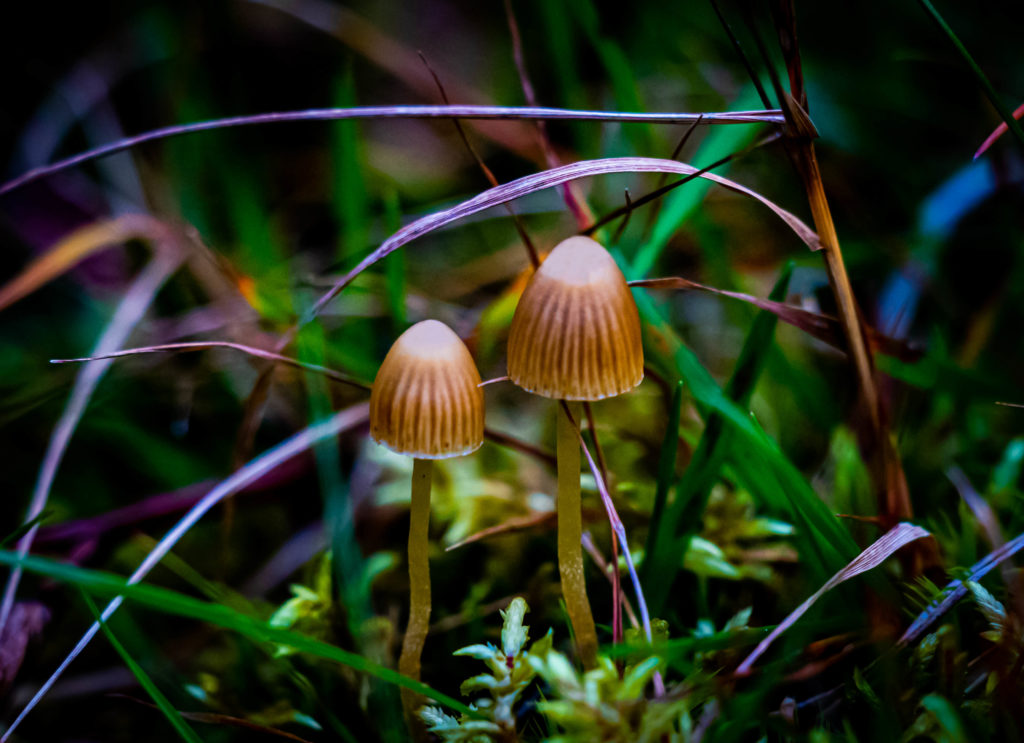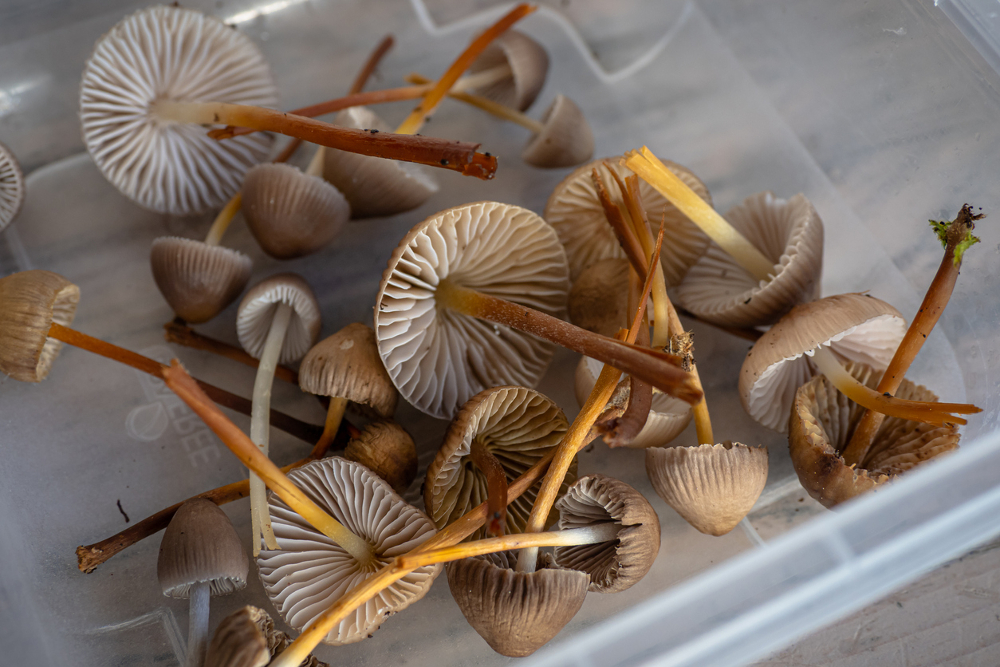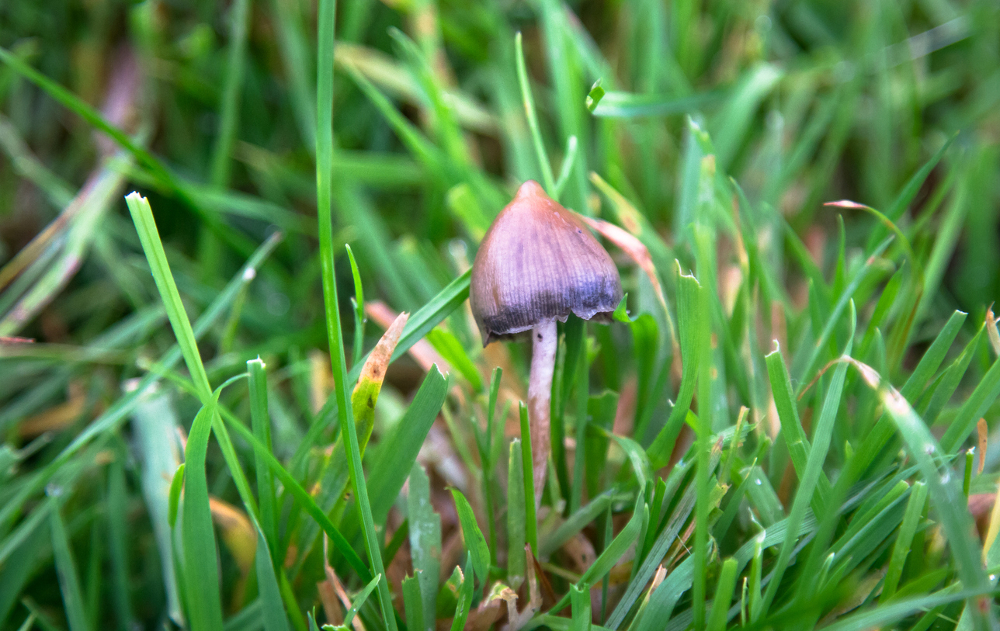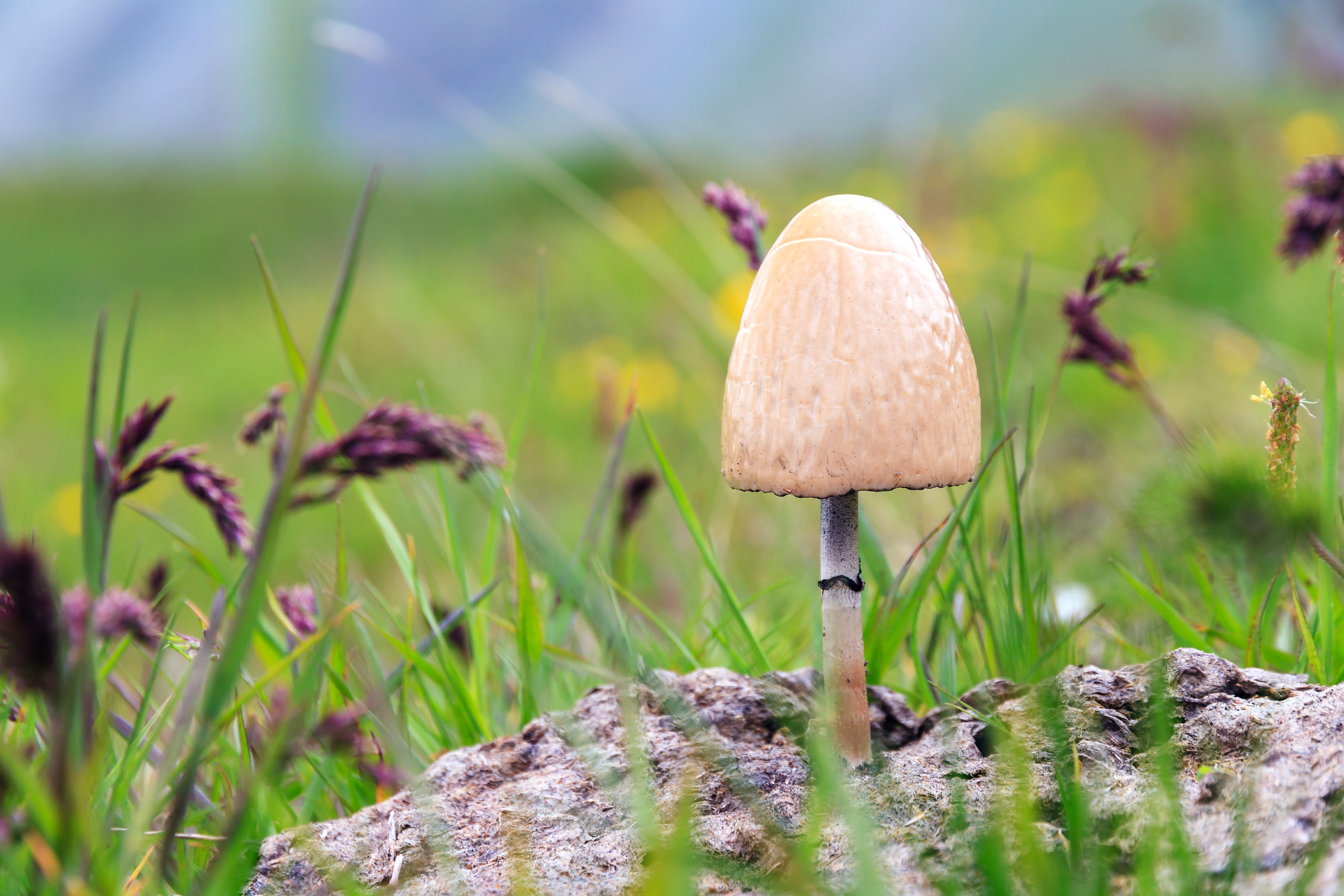Liberty Cap Mushrooms: Look-Alikes, Identification & More
What is a liberty cap? Put simply, it is a species of psilocybin mushroom, known as Psilocybe semilanceata. Liberty caps are one of the most widely popular psilocybin mushrooms in nature and one of the most potent. They have a recognizable appearance (reflected in the name “liberty cap”), and the first documented account of their psychoactive effects is an interesting one.
In this guide on liberty caps, we will look at the various aspects of these common and potent psilocybin mushrooms, including how you can identify them.
Exciting news: Oregon is legalizing Psilocybin therapy in early 2023. Click here to get on the waiting list for the first state-approved psilocybin therapy in the United States now!
The Appearance Of Liberty Caps Mushrooms
As well as resembling the famed cap, there are other aspects of the appearance of liberty caps that you should know about. These features will help you identify them. This species is more or less indistinguishable from Psilocybe pelliculosa. The latter differs in that it has smaller spores.
Liberty Cap Identification

RELATED: We Just Discovered a New Magic Mushroom Species


- Spores: Liberty cap spores are ellipsoidal and smooth.
- Taste and Odor: Farinaceous (like freshly ground flour).
Liberty Cap Mushroom Look-Alikes


There are some liberty cap lookalikes you should be aware of. These include Panaeolus semiovatus (the Dung Roundhead), which is usually larger and does not have a pointed cap, and Panaeolina foenisecii (the Brown Mottlegill), which is very similar in color but is usually larger and does not have a pointed cap.
Where Do Liberty Caps Grow?
Liberty caps grow solitarily or in groups on rich and acidic soil, usually in grasslands, such as meadows, pastures, or lawns. You can often find these mushrooms in pastures, where sheep and cow dung fertilize the soil. However, the mushrooms do not grow directly on the dung as Psilocybe cubensis mushrooms do.
The Mexican mycologist (and Psilocybe authority) Gastón Guzmán wrote in his 1983 monograph on psilocybin mushrooms that liberty caps are the world’s most widespread psilocybin mushroom species. This is because it is in a large number of countries, with widespread distribution in Europe — where they are thought to be a native species.
One can find liberty caps in the following countries.
- Austria
- Belarus
- Belgium
- Bulgaria
- The Channel Islands
- Czech Republic
- Denmark
- Estonia
- The Faroe Islands
- Finland
- France
- Georgia
- Germany
- Greece
- Hungary
- Iceland
- Ireland
- Italy
- Latvia
- Lithuania
- The Netherlands
- Norway
- Poland
- Russia
- Slovakia
- Spain
- Sweden
- Switzerland
- Turkey
- The United Kingdom
- Ukraine
- Pakistan
Liberty caps also have a wide distribution in North America. In Canada, you can find them in British Columbia, New Brunswick, Newfoundland, Nova Scotia, Prince Edward Island, Ontario, and Quebec.
In the U.S., liberty caps most commonly grow in the Pacific Northwest, west of the Cascade Mountains. They grow abundantly in autumn and early winter in these locations. Are these mushrooms found at all in the South? Do liberty caps grow in Florida, for instance? The answer to both questions is no, unfortunately, although other psychedelic mushrooms can be found in Florida and elsewhere in the South.
The species is much less common in South America, with the mushroom being found in Chile. It is found in Tasmania and New Zealand, where it can be found growing from high-altitude grasslands to sea level.
A Potent Psilocybin Mushroom
Liberty caps are one of the most potent psilocybin mushrooms that exist.
The German chemist Jochen Gartz, in 1993, reported an average of 1 percent psilocybin in dried specimens of Psilocybe semilanceata, ranging from at least 0.2 percent to a maximum of 2.37 percent (the highest psilocybin concentration reported for a mushroom).
On average, Psilocybe azurenscens (considered the most potent psilocybin mushroom) contains more psilocybin (1.78 percent). Smaller specimens of liberty caps usually have the highest concentrations of psilocybin. However, the absolute amount is higher in larger mushrooms.
It’s important to be aware of the high potency of liberty caps before deciding to consume them. One needs to consume a lower dosage of liberty caps in comparison to Psilocybe cubensis in order to reach the same intensity of subjective effects.
So, you may be wondering how many liberty caps to eat if you want a light, medium, or strong trip. We would generally recommend 0.5-1 g, 1-2 g, and 2-4 g, respectively.
Common FAQs About Liberty Caps
Growing liberty cap mushrooms is incredibly difficult because they require decaying grass roots in order to grow. Ultimately, creating the ideal environment to grow liberty cap mushrooms is a challenging task, so foraging for them in grassy patches of land is much easier.
Liberty cap mushrooms are not poisonous, and they are edible. However, there are some reports of hospitalization after ingesting liberty caps. As potent psychedelic mushrooms, liberty cap mushrooms have the same psychoactive compounds as other magic mushrooms containing psilocybin and psilocin.
The first step to identifying liberty cap mushrooms is knowing where and when to look for them. Liberty cap mushrooms grow in the fall and spring in grassy areas like lawns, meadows, and fields. The next step in identifying liberty caps is knowing potential lookalikes in your region, especially ones that may be poisonous.
Finally, you need to know what to look for in the mushroom’s cap, gills, and stem.
The cap of liberty cap mushrooms measures between 0.2 to 1 inch in diameter. It can vary in color depending on moisture, but is usually a cream or brown color with a pronounced bump on the top that looks pimple-like. The cap also has striations that are more obvious as the mushroom gets older and in dry conditions. The gills of the liberty cap are narrow, densely formed, and an olive gray hue. As the spores mature the gills turn a more purple or black color. The liberty cap stem is usually between 2 and 4 inches in height and 0.04 to 0.14 inches in diameter. It’s a cream color and can have a blue tinge near the base of the stem. The stem is very slender and can be wavy, but its fibrous nature makes it quite strong unlike that of lookalikes. Liberty cap mushrooms have a musty scent.




Dan
August 25, 2022 at 9:31 pmThe weights given for ‘dosage’ are these dried or fresh mushrooms?
Charles stott
August 29, 2022 at 7:13 amThese will be dried weights.
Start small and increase dosages second time round if desired.